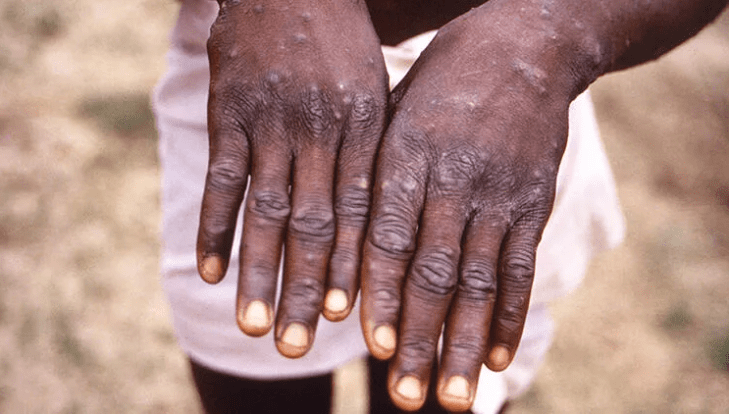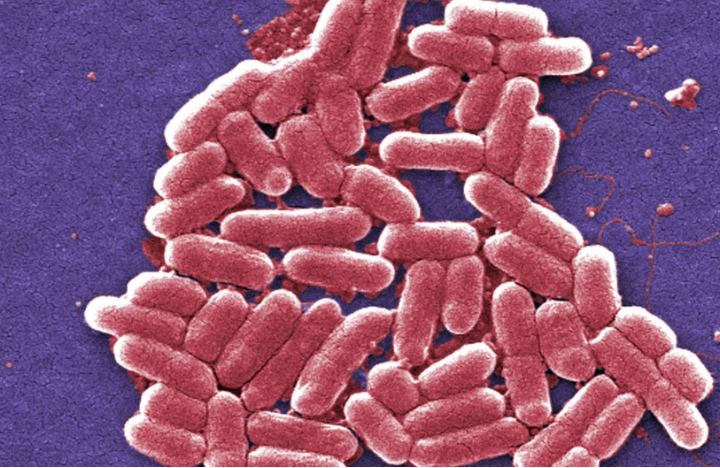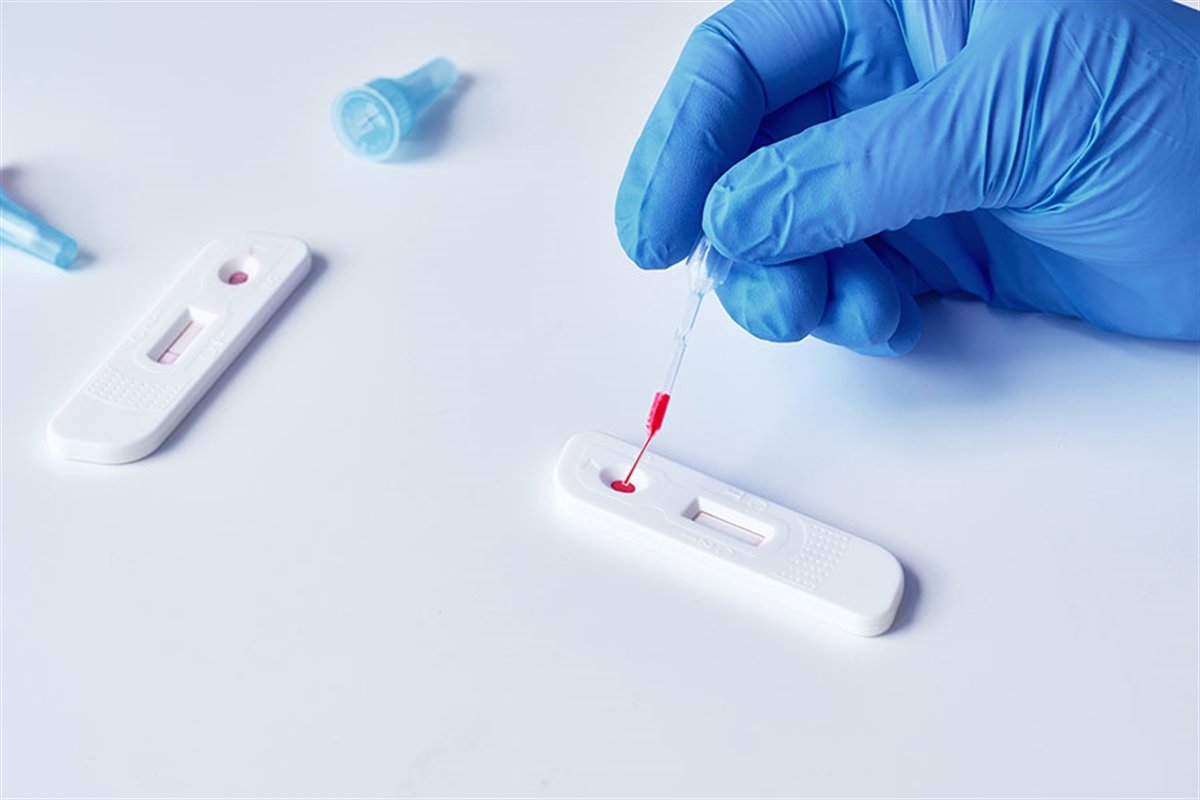The monkeypox virus continues to cause concern all over the world. While we have not yet recovered from the effects of the coronavirus, encountering a brand new virus has quickly alarmed countries. So who is more at risk for monkeypox virus? Are those who have been vaccinated against smallpox still protected against the virus? Here are all the details that are curious…

While we are leaving the coronavirus behind, the name of the new danger is Monkeypox… The monkeypox virus, which is seen in Central Africa and is considered an endemic virus, continues to spread. The first case was seen in the UK on May 7. The virus has spread to 16 countries so far, and the total number of cases has exceeded 100.
- China plans to destroy Elon Musk’s Starlink satellites ‘to protect national security’
- Cats Can Also Memorize Their Friends’ Names
According to Global.Health, the global infectious diseases database, the countries where the virus is seen are as follows; UK, Spain, Portugal, Canada, Italy, Belgium, Germany, Australia, Netherlands, USA, Austria, France, Israel, Sweden, Switzerland and Denmark…
WHAT EXACTLY IS MONKEY FLOWER, WHAT SYMPTOMS ARE SEEN?
“Although it was called monkeypox because it was seen in monkeys in Africa long ago; it’s not the monkeys that are really contagious here, it’s the rodents,” he said, sharing the following information about the symptoms:
“It’s called monkeypox because it’s in the same family as the smallpox virus, and because other symptoms, such as rashes and fever, are similar to smallpox. Symptoms are; fever, headache, muscle pain, back pain, fatigue, chills, swelling in the lymph and the onset of diffuse skin rashes 1-3 days after fever. It starts with bubbles, like chickenpox, and then crusted and falls off. In rare cases, it can also be pneumonia, sepsis, encephalitis, that is, inflammation of the brain.”
Stating that monkeypox is actually a smallpox virus transmitted from animal to human, doctors said, “The first image is usually fluid-filled blisters on the skin. It retains a crust in an average of 21 days, but it can rarely involve the lungs.”
HOW IS MONKEY FLOWER VIRUS TRANSMITTED?
The most curious thing is how the virus is transmitted… For example, let’s say a virus is detected in a person, how is the rate of transmission? In the coronavirus, it was necessary to pay attention to a certain distance, does the same apply to this virus?
“While human-to-human transmission used to be extremely difficult and not expected to be seen outside of West-Central Africa, the virus has changed its character,” the doctors said, underlining that close contact is effective.
“The contagiousness of the virus has increased and it has started to appear in 16 different countries in Europe and the Americas. The rate of transmission is slower than that of the Covid-19 virus; because it is very rare, more common in tropical countries, it cannot live in the air for a long time, it is a virus that is difficult to spread,” experts said, listing the transmission routes as follows:
1- Animal bite, scratch
2- Eating the meat of the infected animal
3- Sleeping in a bed infected with a virus
4- Blood
5- Body fluids
6- Respiratory tract
Maria Van Kerkhove, director of the World Health Organization’s diseases unit, commented on the course of the disease at a press conference. “This situation can be brought under control. We want to prevent human-to-human transmission. We can do it in Europe and North America.”
“This time things are very different, those who were vaccinated 30 years ago… Everything you need to know about monkeypox
On the other hand, some experts are focusing on whether the reason why monkeypox is already spreading in Europe is sexual intercourse or close contact associated with sexual intercourse. David Heymann, former head of the World Health Organization’s emergency department, said, “We know that monkeypox is transmitted from people with lesions through close contact. Now sexual intercourse seems to be accelerating its spread.”
Mike Skinner, a virologist at Imperial College London, said: “By its very nature, sexual intercourse requires close contact. This is expected to increase the spread of the virus. Here, the sexual orientation of the person or the way of transmission is not important.”
WHO IS MORE AT RISK?
According to the data released so far, the symptoms begin 7-14 days after receiving the virus, and in 2-3 weeks they pass by themselves. But according to the Centers for Disease Control and Prevention (CDC), 1 in 10 cases can result in death. So who is at risk?
Young people (smallpox vaccination was part of a routine vaccination program before 1980)
– Those who have been exposed to the virus for a long time
– Travelers to tropical regions
– Participants in crowded events such as concerts, theaters, cinemas
– Those with concomitant chronic diseases
– Those with low immunity levels due to reasons such as HIV




